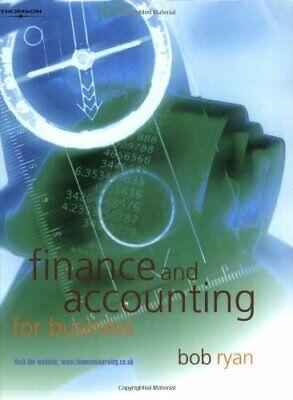Question
The individual financial statements for Gibson Company and Keller Company for the year ending December 31, 2018, follow. Gibson acquired a 60 percent interest in
The individual financial statements for Gibson Company and Keller Company for the year ending December 31, 2018, follow. Gibson acquired a 60 percent interest in Keller on January 1, 2017, in exchange for various considerations totaling $870,000. At the acquisition date, the fair value of the noncontrolling interest was $580,000 and Kellers book value was $1,160,000. Keller had developed internally a customer list that was not recorded on its books but had an acquisition-date fair value of $290,000. This intangible asset is being amortized over 20 years.
Gibson sold Keller land with a book value of $50,000 on January 2, 2017, for $120,000. Keller still holds this land at the end of the current year.
Keller regularly transfers inventory to Gibson. In 2017, it shipped inventory costing $238,000 to Gibson at a price of $340,000. During 2018, intra-entity shipments totaled $390,000, although the original cost to Keller was only $253,500. In each of these years, 20 percent of the merchandise was not resold to outside parties until the period following the transfer. Gibson owes Keller $55,000 at the end of 2018.

A. Prepare a worksheet to consolidate the separate 2018 financial statements for Gibson and Keller.
B. How would the consolidation entries in requirement (a) have differed if Gibson had sold a building with a $155,000 book value (cost of $330,000) to Keller for $290,000 instead of land, as the problem reports? Assume that the building had a 10-year remaining life at the date of transfer.



Step by Step Solution
There are 3 Steps involved in it
Step: 1

Get Instant Access to Expert-Tailored Solutions
See step-by-step solutions with expert insights and AI powered tools for academic success
Step: 2

Step: 3

Ace Your Homework with AI
Get the answers you need in no time with our AI-driven, step-by-step assistance
Get Started


